** Our bookshop in Berlin-Mitte has closed ** Orders available only via www.bomdiabooks.de **
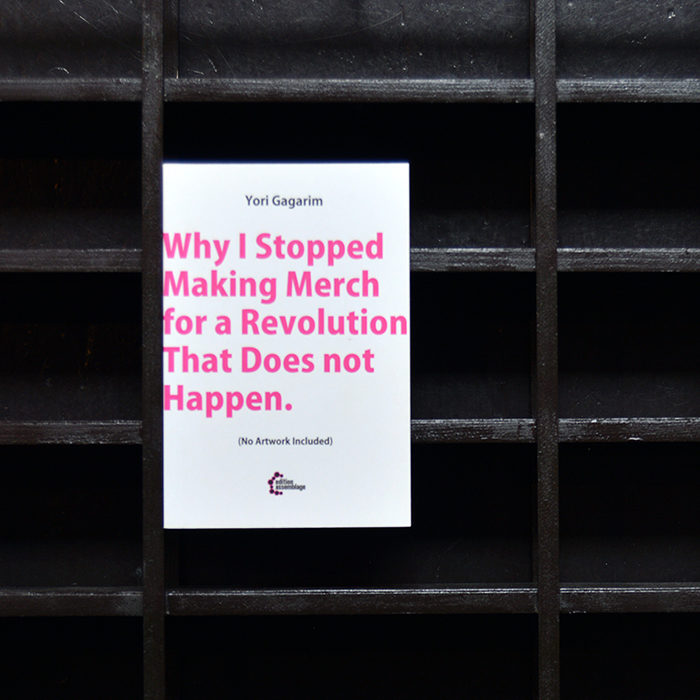
€5,80
SOLD OUT
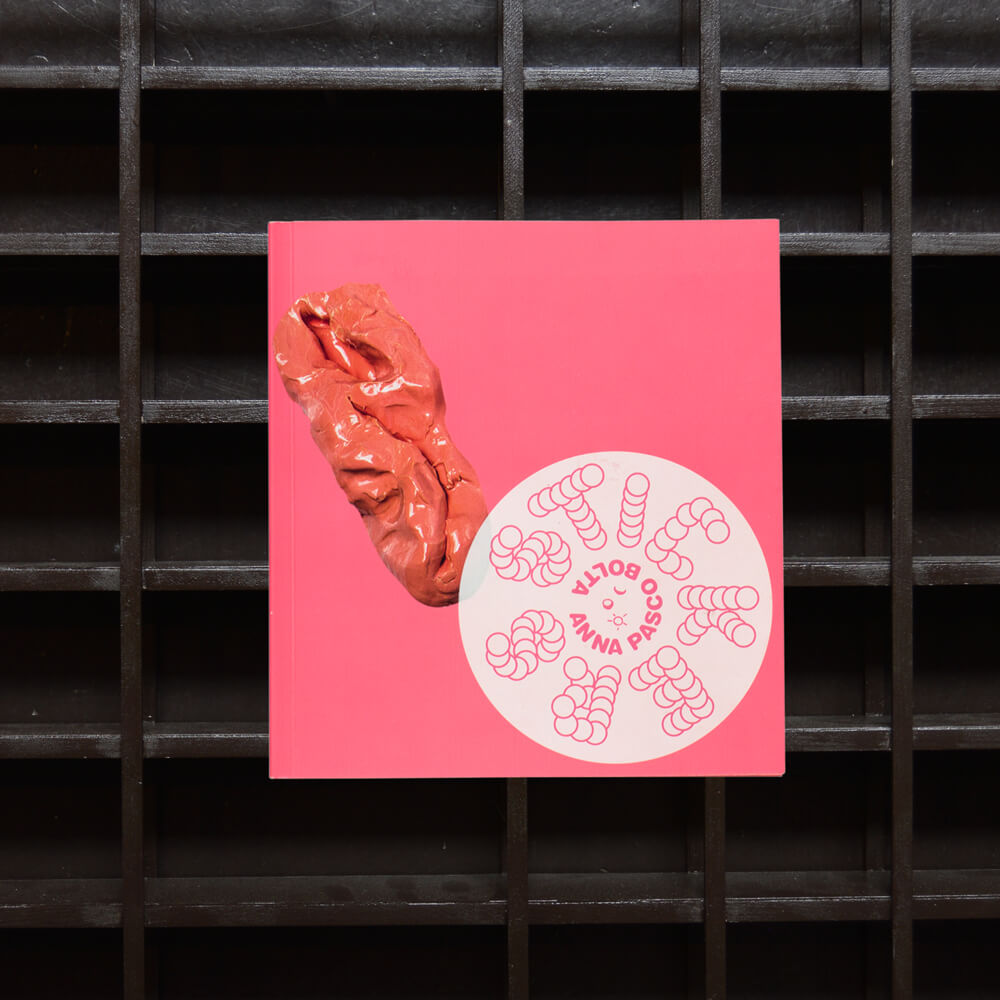
Stickers presents itself as a genre of artist books on its own. The book demonstrates Anna M. Pasco Bolta’s works, including various techniques, within the genre of stickers, and explores the idea how objects can exist in two states: as objects themselves, and as their images. Every copy of the edition is unique and overflowing with stickers waiting to be stuck on. The stickers act as a medium for displaying all content: artwork, text, sponsor logos, ISBN and barcodes, giving a certain autonomy to the images. Thus, Stickers is a changing and pluralistic platform that allows an approach from the audiences individual point of view to Pasco’s work and emphasizes the importance of action and interaction for the perception of reality. ↑ ↓ ↓
€21,00
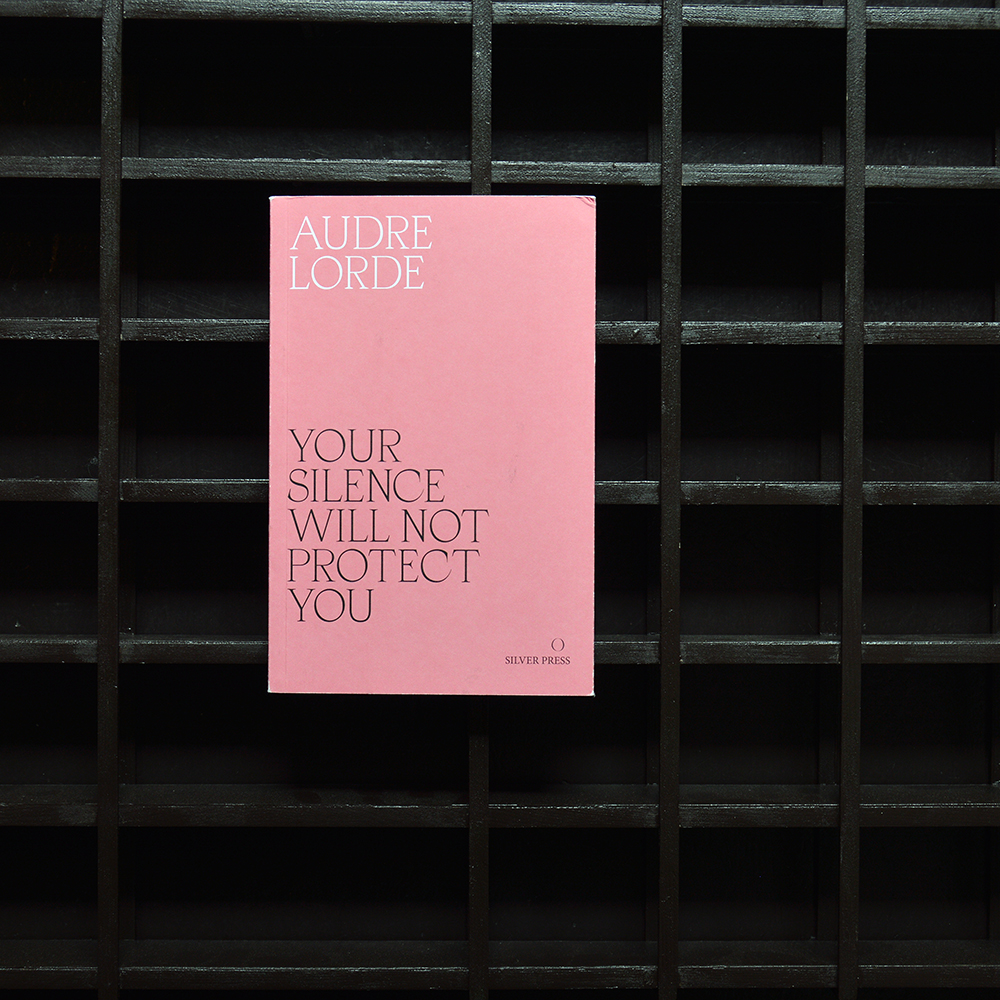
Audre Lorde (1934-92) described herself as ‘Black, lesbian, mother, warrior, poet’. Born in New York, she had her first poem published while still at school and her last the year she died of cancer. Her extraordinary belief in the power of language – of speaking – to articulate selfhood, confront injustice and bring about change in the world remains as transformative today as it was then, and no less urgent. This edition brings Lorde’s essential poetry, speeches and essays, including ‘The Master’s Tools Will Never Dismantle the Master’s House’, together in one volume for the first time. ↑ ↓ ↓
€14,50

In 1979 Munari donated part of his personal archive to the CSAC in Parma: a sort of encyclopedic collection of solutions for possible answers. From the very first drawings for abstract paintings in the Thirties to the studies for the Negativi-positivi, to the sketches for publishing graphics, to the series of the original editions of his games: a rich collection of Munari’s projects, many of them previously unpublished, which help understand Munari’s poetics “behind the scenes”. From the Bauhaus to Piaget’s psychological theories, Munari assimilated many visual and conceptual trends of the XXth century, re-proposing them in a very new and original creative richness. As it has been said, he “burns” a quantity of principles, each one of them could hold up a whole artistic life. From this collection is born an accurate and complete publication, an instrument with lots of cues and informations to know Munari before his works, through the projects. The book includes: A systematic essay by Gloria Bianchino, director of the CSAC, about Munari’s project poetics seen through his most important works; the “historical” essays written in 1979 on the occasion of the exhibition Bruno Munari at the CSAC in Parma: an introduction by Giulio Carlo Argan and a detailed interview to Munari by Arturo Carlo Quintavalle. Also, a rich collection of more than 500 colour images from the Bruno Munari Fund in the CSAC Archive with the corresponding index cards and a bibliography of the most important publications about Bruno Munari’s works. This book is published on the occasion of Minimondi – 8th edition of the children’s literature and illustration festival (15th February – 9th March 2008) in Parma and province. It is also the catalogue of the exhibition Bruno Munari: il disegno, il design. The Bruno Munari Fund in the CSAC Archive at the Salone delle Scuderie of the Palazzo della Pilotta in Parma from 16th February to 30th March 2008. ↑ ↓ ↓
€51,00
SOLD OUT

This book is considerad a classic in Middle East vernacular architecture. This work, published in 1981 by the MIT Press, shows up in a new revised and extended edition. The content remains a necessary reference,dueto its extraordinary documentary value, that includes the content of the first edition and completes it with material collected in 2006, giving now a global vision of the unified Yemen territory. ↑ ↓ ↓
€50,00
SOLD OUT
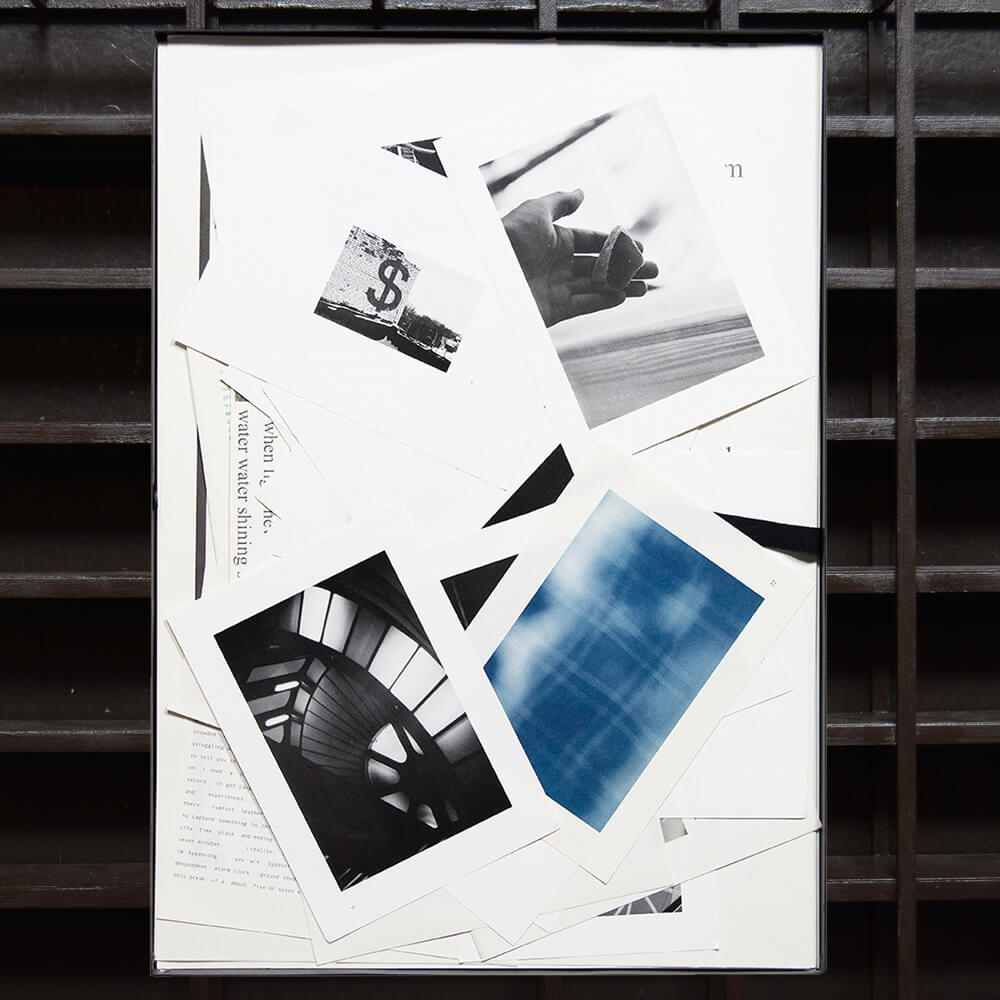
The box set publication No more racing in circles – just pacing within lines of a rectangle is Tris Vonna-Michell’s reflection on the impact of performing several narrations during a concentrated timespan over a number of years. The package contains forty-four sheets printed on a Heidelberg offset press, while the accompanying colophon introduces each sheet in the box set; together they represent the performative aspect of Vonna-Michell´s practice in the form of score and transcription. No more racing in circles – just pacing within lines of a rectangle addresses several time markers in Vonna-Michell’s practice as well as the durational aspect of writing and performing. Limited edition artist’s box set of 200 copies containing forty-four loose pages ↑ ↓ ↓
€90,00
SOLD OUT

Der Asylantrag in Deutschland war ein Neuanfang für Laurence. Endlich glaubt er, seine Formel fürs Überleben gefunden zu haben, doch dann verschwindet sein Freund auf mysteriöse Weise. Als die Leiche, bis zur Unkenntlichkeit verkohlt, auftaucht, beginnt eine Suche nach den Verantwortlichen. Laurence ist gezwungen, einen neuen, kritischen Blick auf die Stadt zu werfen, die er so gern sein Zuhause genannt hätte. „The Most Unsatisfied Town“ basiert auf der wahren Geschichte von Oury Jalloh. ↑ ↓ ↓
€9,80
SOLD OUT
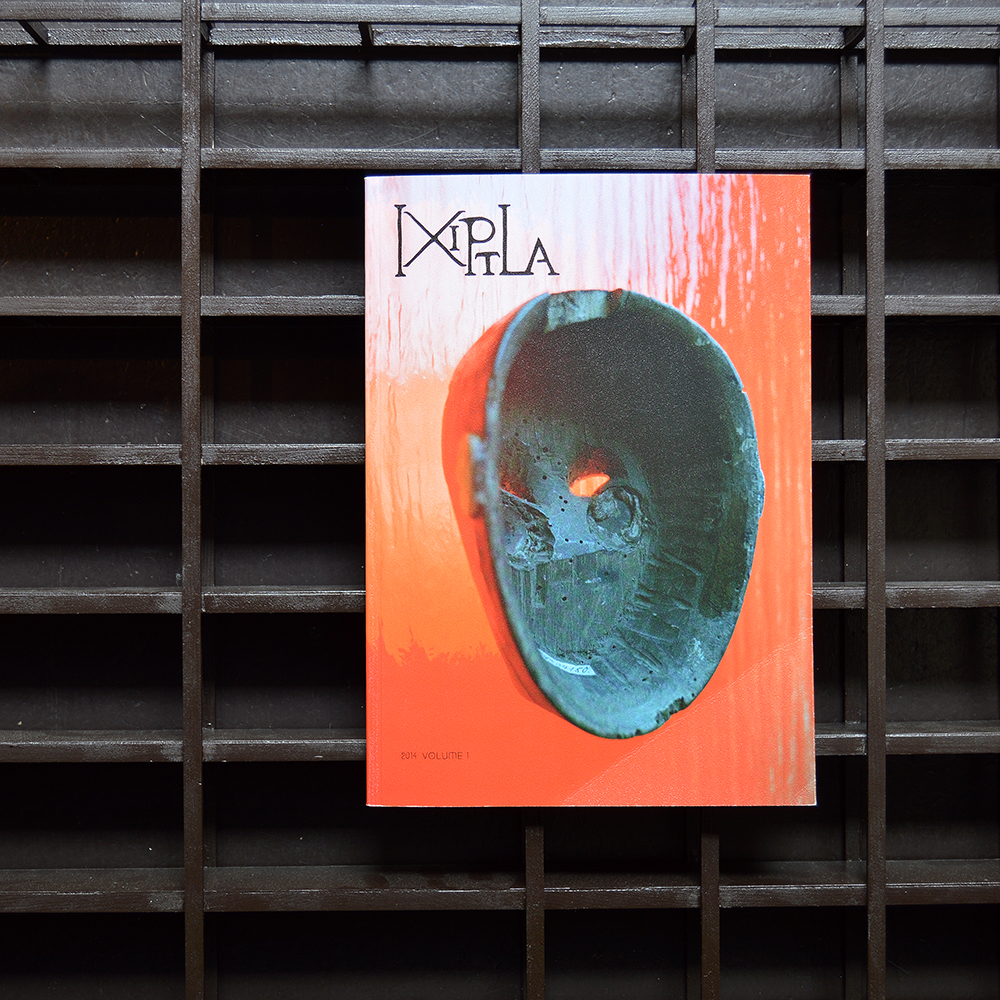
Ixiptla Volume I was published on the occasion of Expedite Expression, 8th Berlin Biennale for Contemporary Art in 2014. For this first issue, a group of anthropologists, archaeologists, artists, and writers have been invited to reflect on the role of the model, the copy, and reproduction in their areas of research and practice. This edition is focused on objects collected and produced by archeologists in an attempt to capture and replicate material evidences left by time. ↑ ↓ ↓
€19,00
SOLD OUT
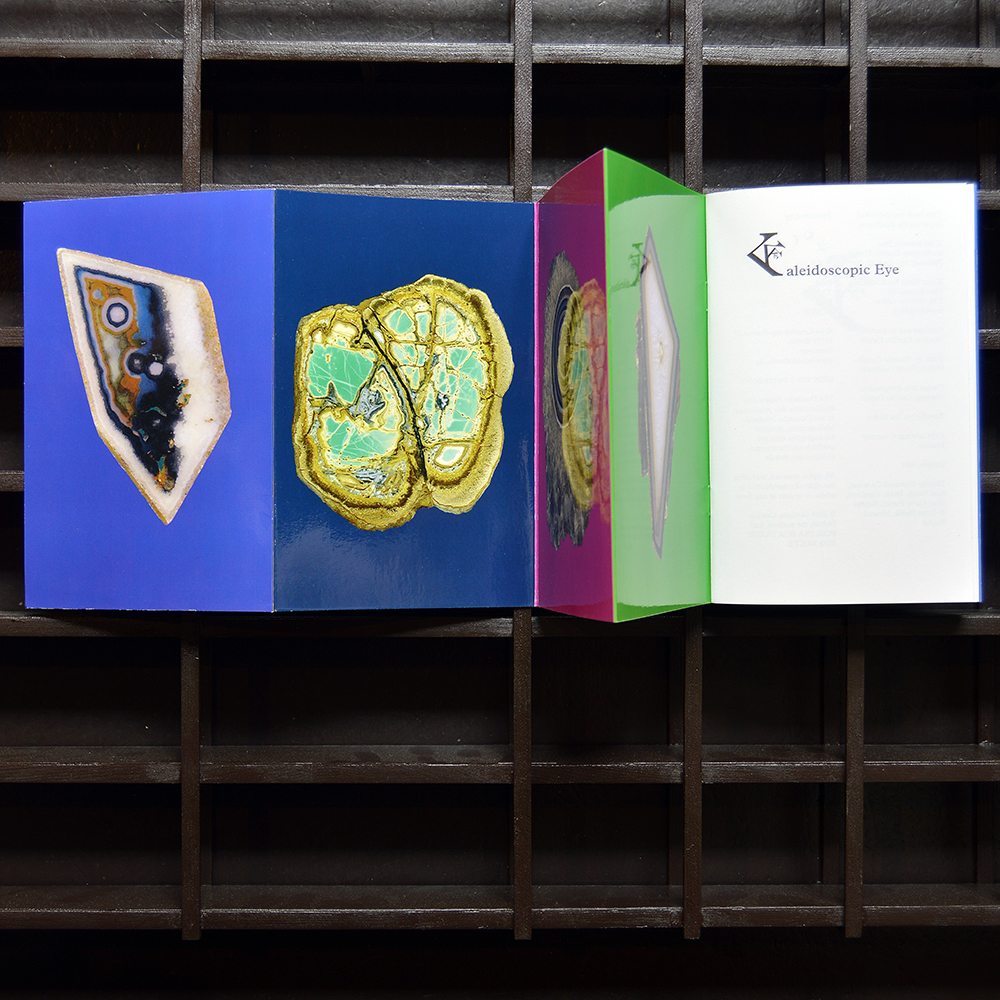
Kaleidoscopic Eye departs from an argument between André Breton and Roger Caillois. The confrontation arose from their discovery of Mexican jumping beans—beans that make sudden movements and leap into the air. Caillois conjectured that larva or some other animal was making the beans move. Breton rejected his theory, accusing Caillois of being a closed-minded positivist who negated the marvellous and the poetic in his attempt to find a rational explanation. For Breton, absolute or objective chance blurred the borders of rationality, proffering a chaotic and stimulating universe: convulsive beauty. Caillois wrote a letter ending the relationship with Breton, declaring his attempt to reconcile research with beauty. Caillois sought to examine chance, chaos, and the irrational with the goal of finding a pattern similar to the structure of coral. T his structure should combine, in one system, everything that had until then been systematically excluded—a structure capable of taking into consideration all the possible forms of reality. Kaleidoscopic Eye was first published as part of the exhibition Kaleidoscopic Eye, in 2009 at Kunst Halle Sankt Gallen, now republished in its second edition. ↑ ↓ ↓
€24,00